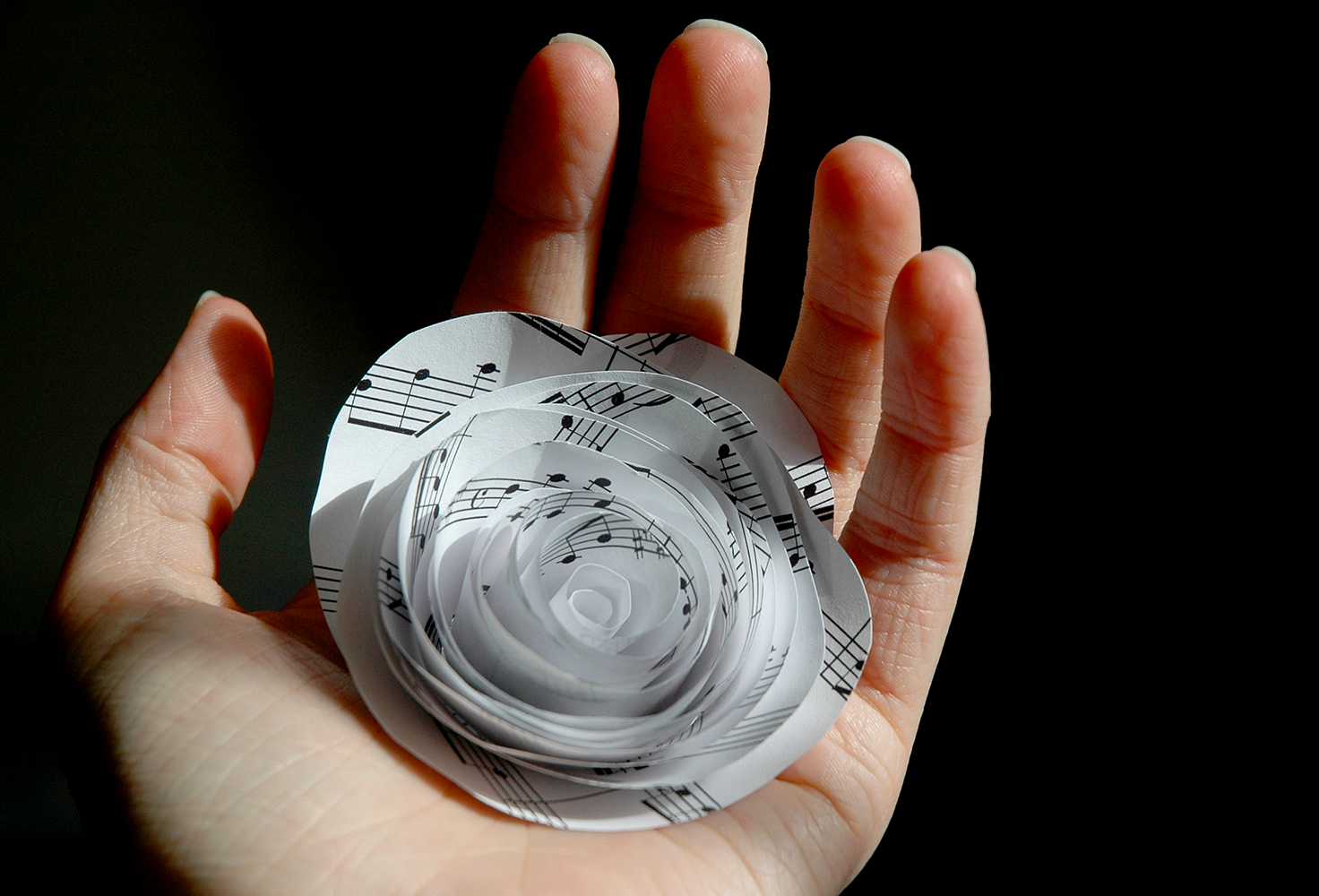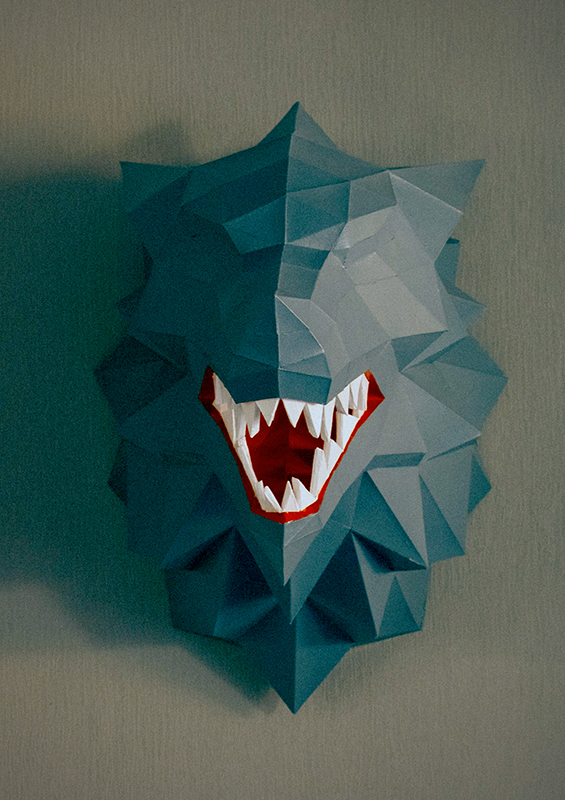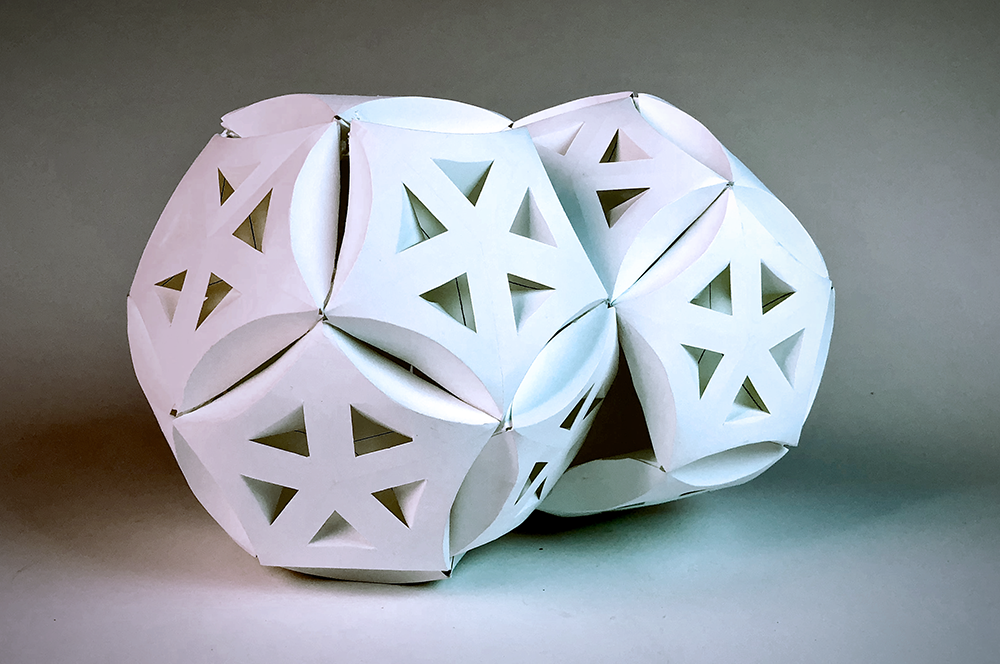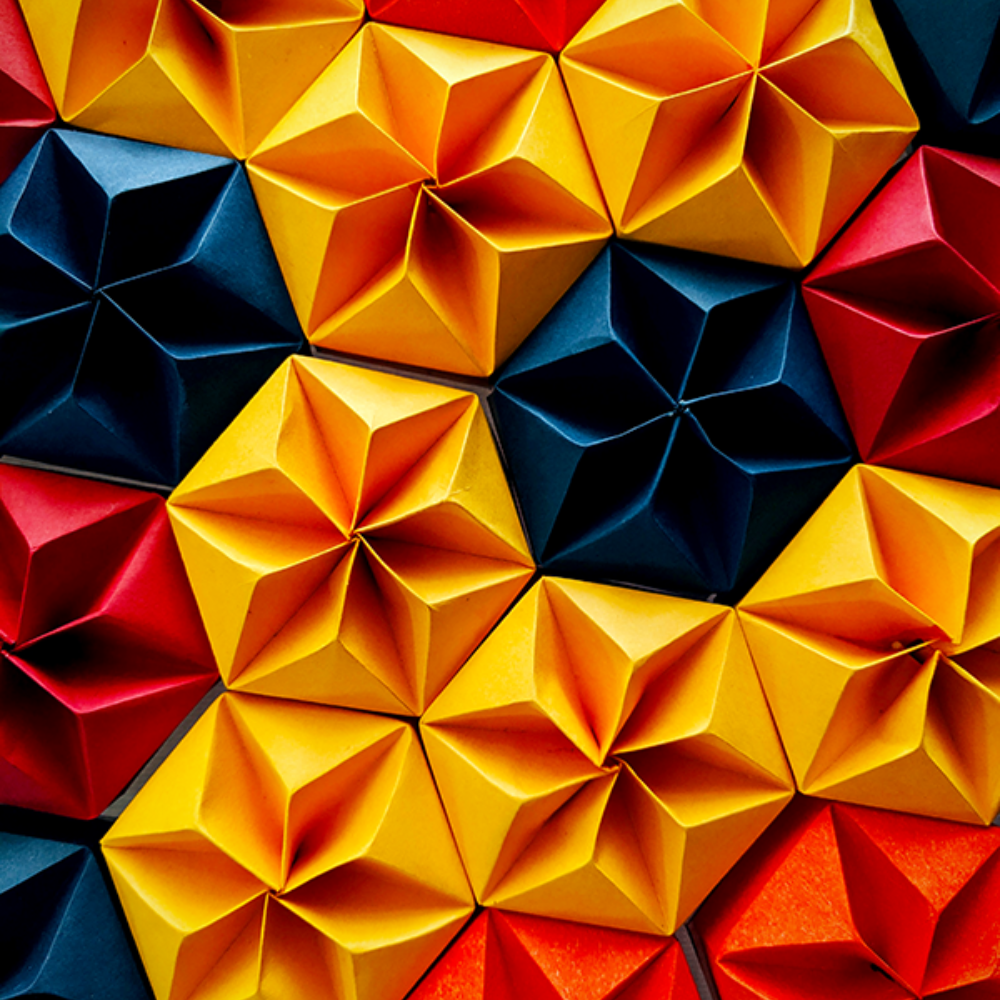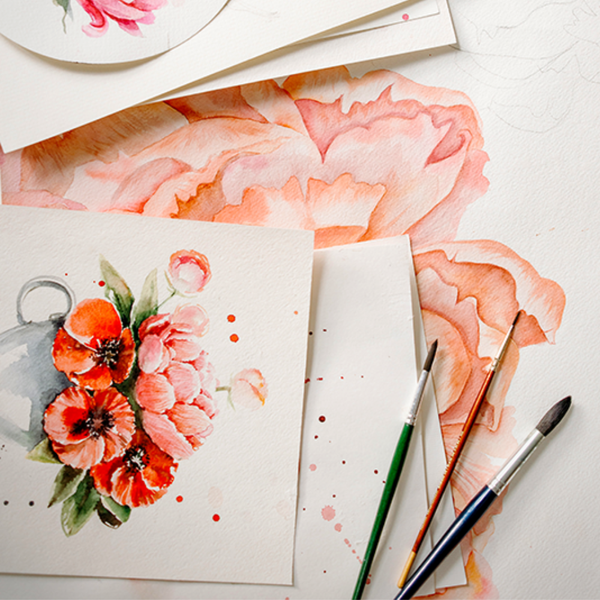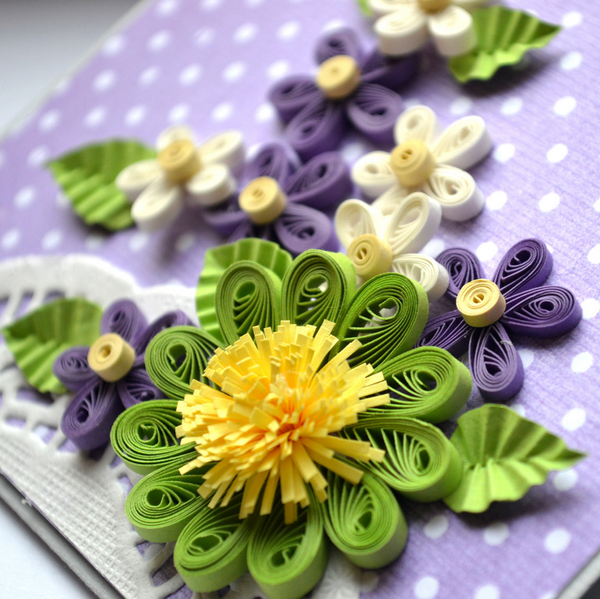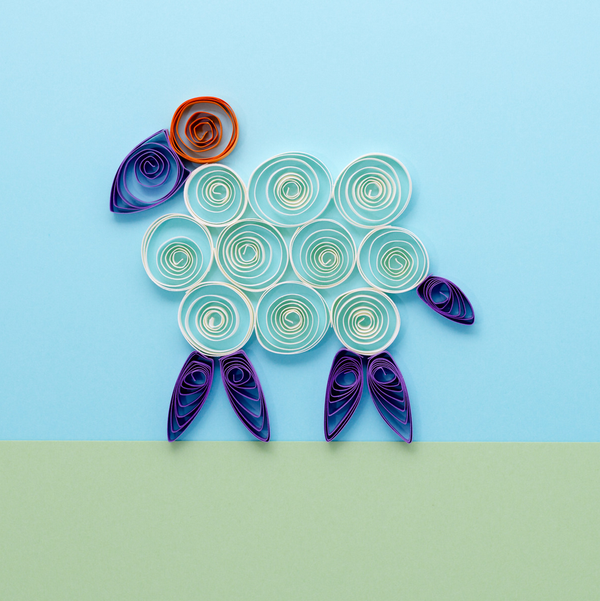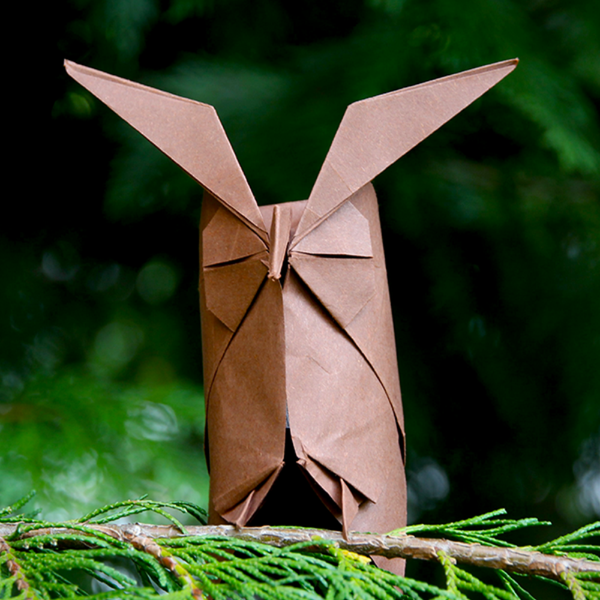Creating sculptures from paper can be a rewarding and intricate art form.
Transforming a simple sheet of paper into a stunning three-dimensional sculpture is nothing short of magical.
However, one of the challenges artists face is how to give their delicate paper creations the necessary rigidity to stand up and hold their form; the real trick lies in making sure your delicate masterpiece can stand the test of time and gravity.
If you've ever wondered how to give your paper sculptures the strength and durability they deserve, you're in the right place.
This guide is your go-to resource for learning the various techniques to stiffen paper, ensuring your sculptural visions don't just take shape, but also maintain their form with elegance and resilience.
Let's dive into the world of paper sculpture and turn fragility into lasting beauty.
Key Takeaways:
- Discover various techniques to stiffen paper for creating durable sculptures.
- Learn about the importance of choosing the right stiffening method for your paper craft project.
- Understand the step-by-step process of applying stiffeners to achieve the desired stiffness and durability.
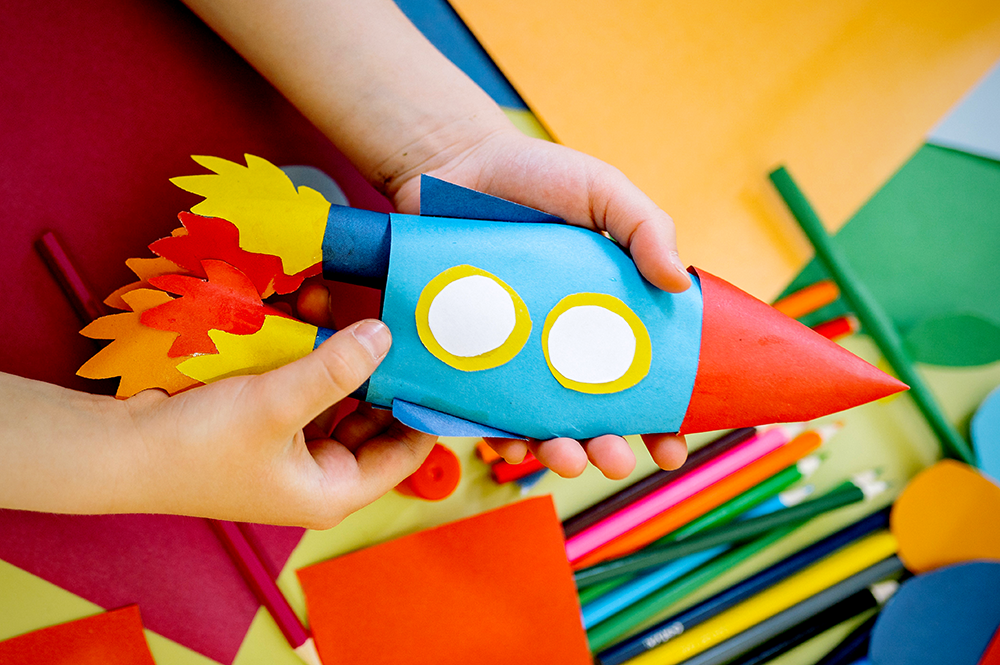
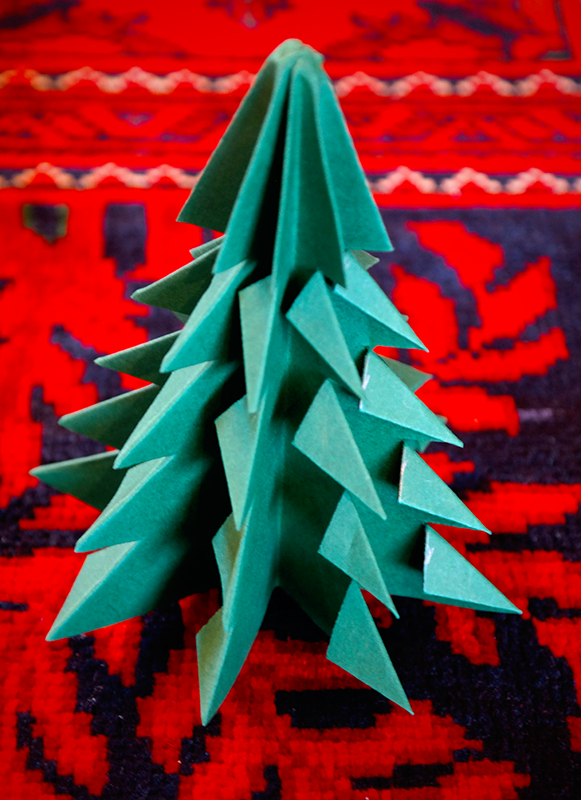
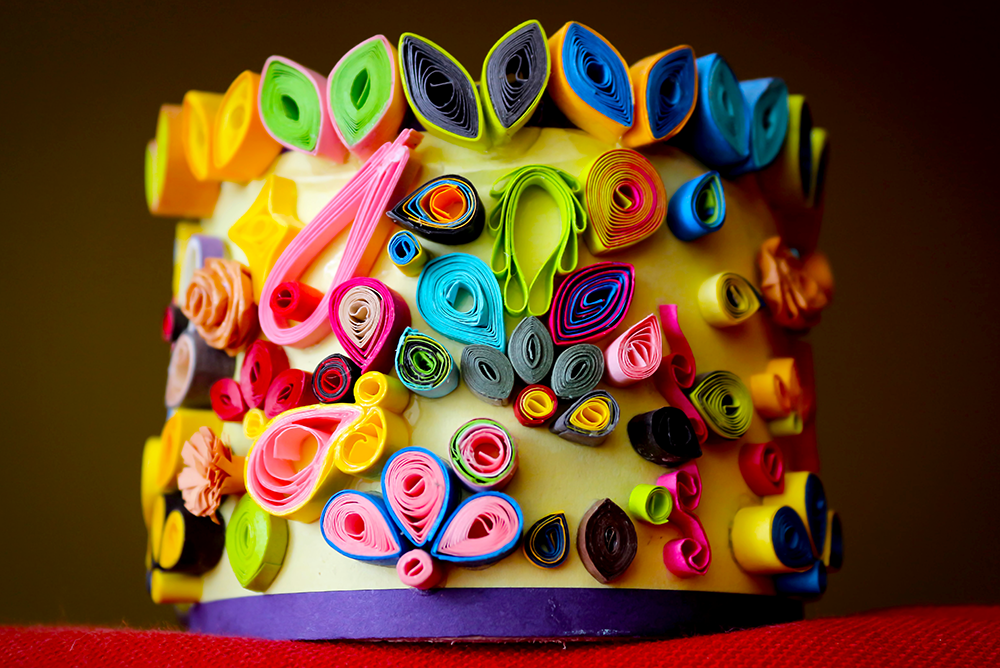
Understanding Paper Stiffening
Stiffening paper is a crucial step in paper crafts, especially when the end goal is to produce a sculpture that can withstand handling and display.
The process involves applying a substance that penetrates the fibers of the paper, adding rigidity and sometimes a bit of weight.
The choice of stiffener can vary depending on the project's requirements and the artist's preference.
Selecting the Right Paper
Before diving into stiffening techniques, it's essential to start with the right kind of paper.
Thicker paper naturally has more body and can hold up better to the stiffening process.
However, even thinner papers can be transformed into sturdy sculptural elements with the proper treatment.
The key is to understand the limitations and strengths of the paper you're working with.
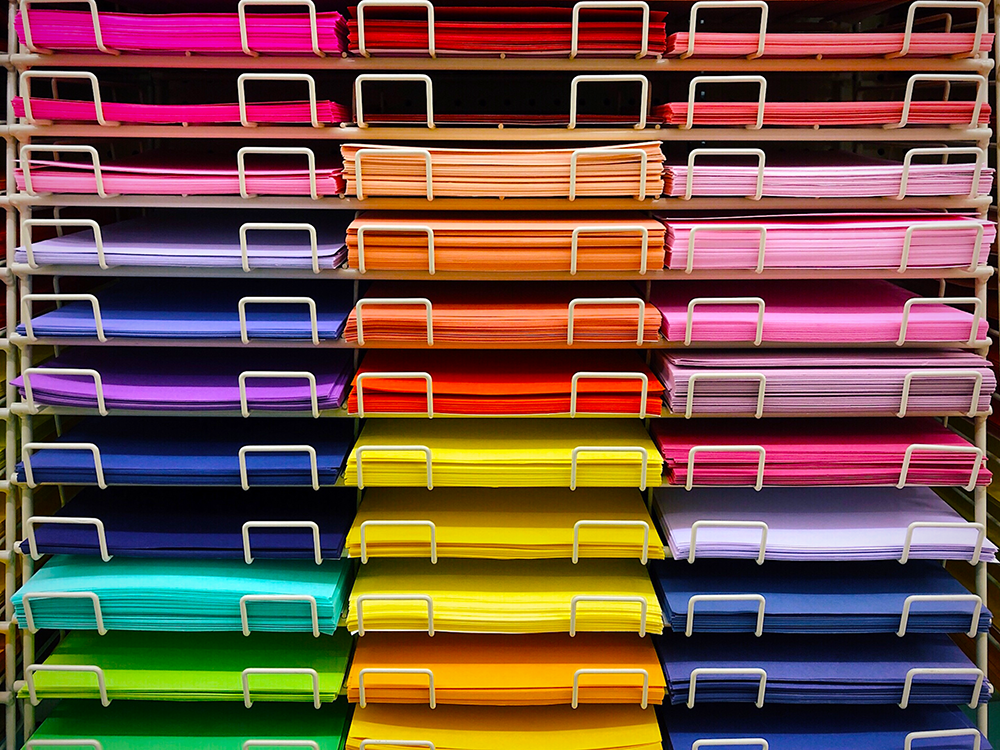

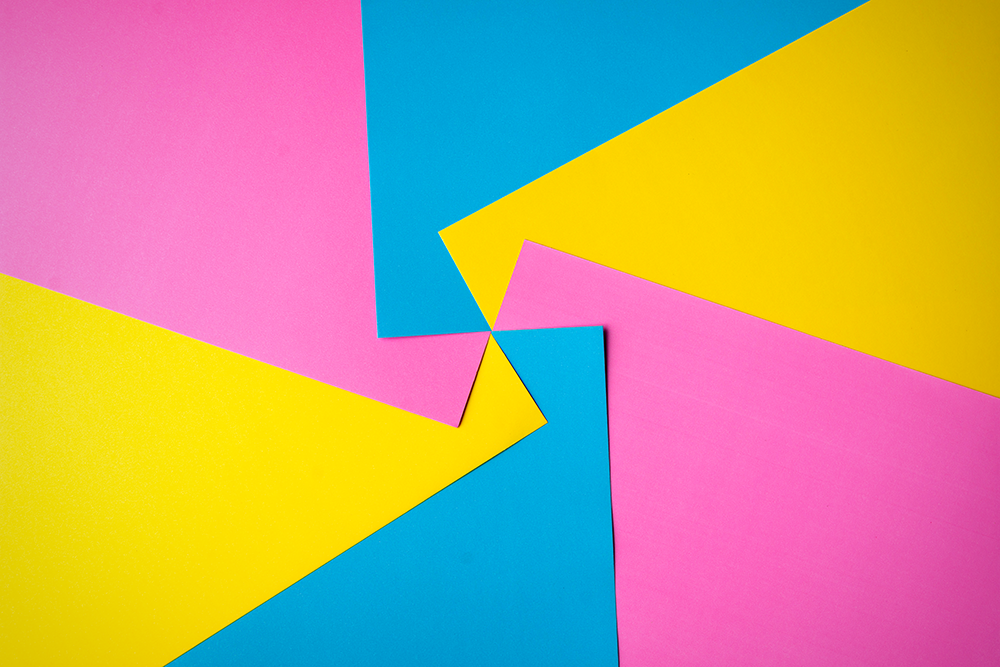
Traditional Methods of Paper Stiffening
Traditional methods of stiffening paper often involve household items or easily accessible materials.
One such method is using a mixture of water and flour to create a paste.
This paste can be brushed onto the paper using a foam brush, then allowed to dry completely.
While this is an inexpensive option, it's important to be careful as it can attract pests or mold if not sealed properly.
Using Wood Glue for Stiffness
Wood glue is another popular adhesive that can serve as an effective paper stiffener.
When diluted with a bit of water, it can be applied in thin layers to the paper surface.
After each coat, it's essential to allow the glue to dry completely before adding another.
This method provides a durable finish that is less prone to damage from moisture compared to flour paste.
Role of Acrylic Paints in Paper Sculpture
Acrylic paints can do more than just add color to your sculpture; they can also contribute to the stiffness of the paper.
By applying multiple coats of acrylic paint, you create a plastic-like layer on the paper that adds both rigidity and protection.
This method is particularly useful when the final piece will be displayed where it might come into contact with light moisture.
Liquid Starch as a Paper Stiffener
Liquid starch, commonly used in laundry, is another medium that can be used to stiffen paper.
It's typically sprayed onto the fabric but can be brushed onto paper as well.
The starch soaks into the fibers and, once dry, provides a good coat of stiffness.
This method is quick and easy, with a relatively short drying time.
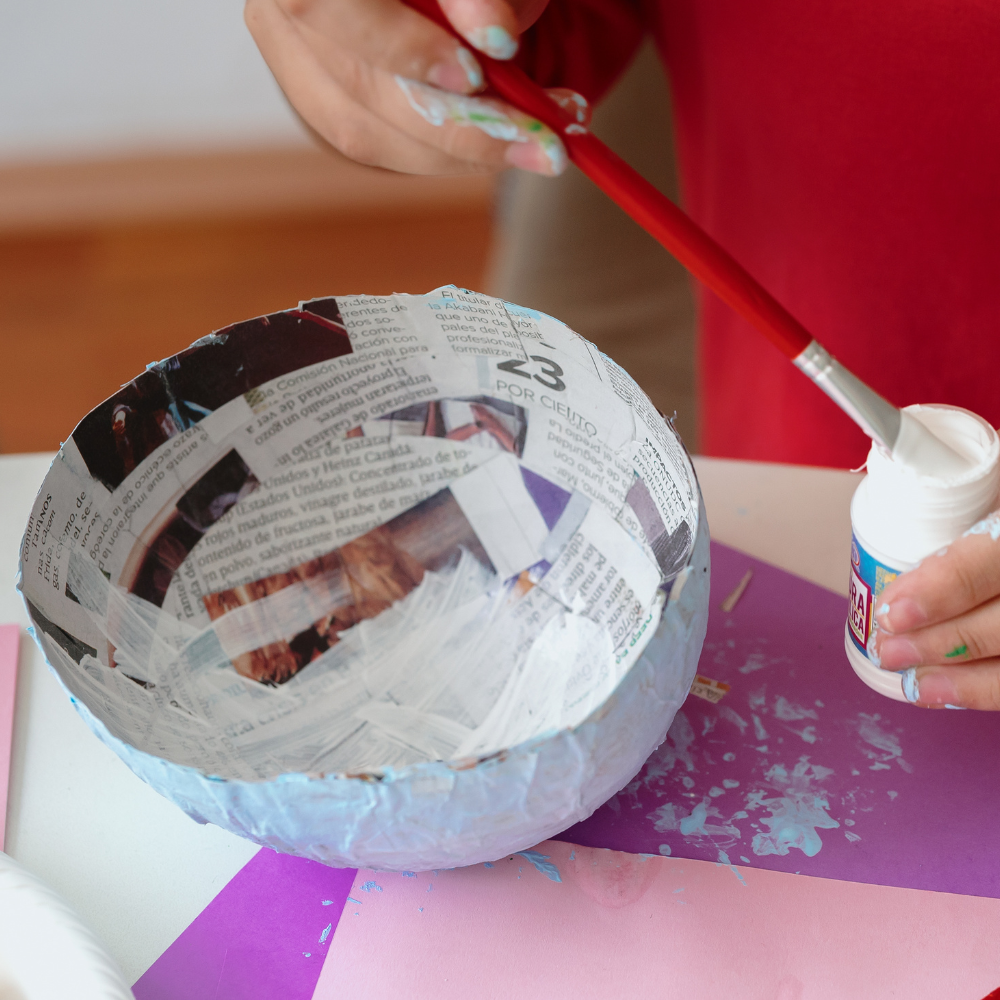
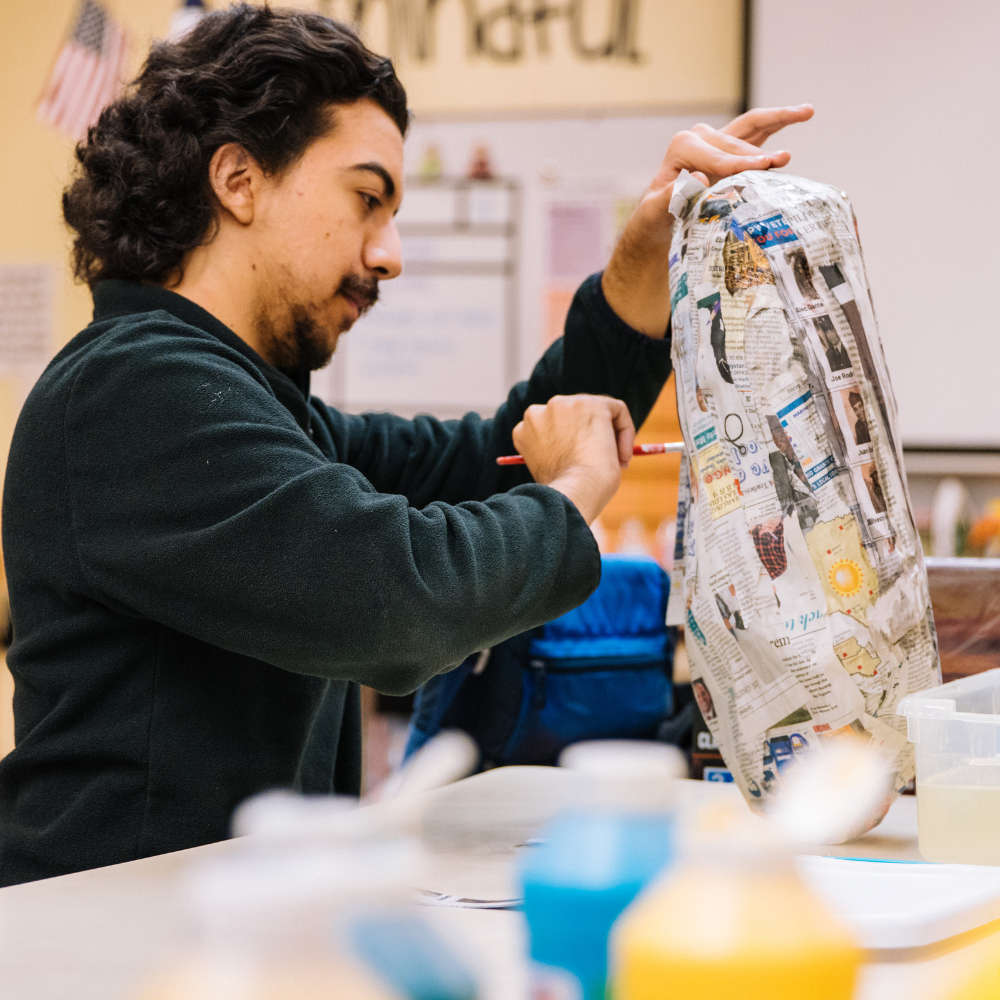
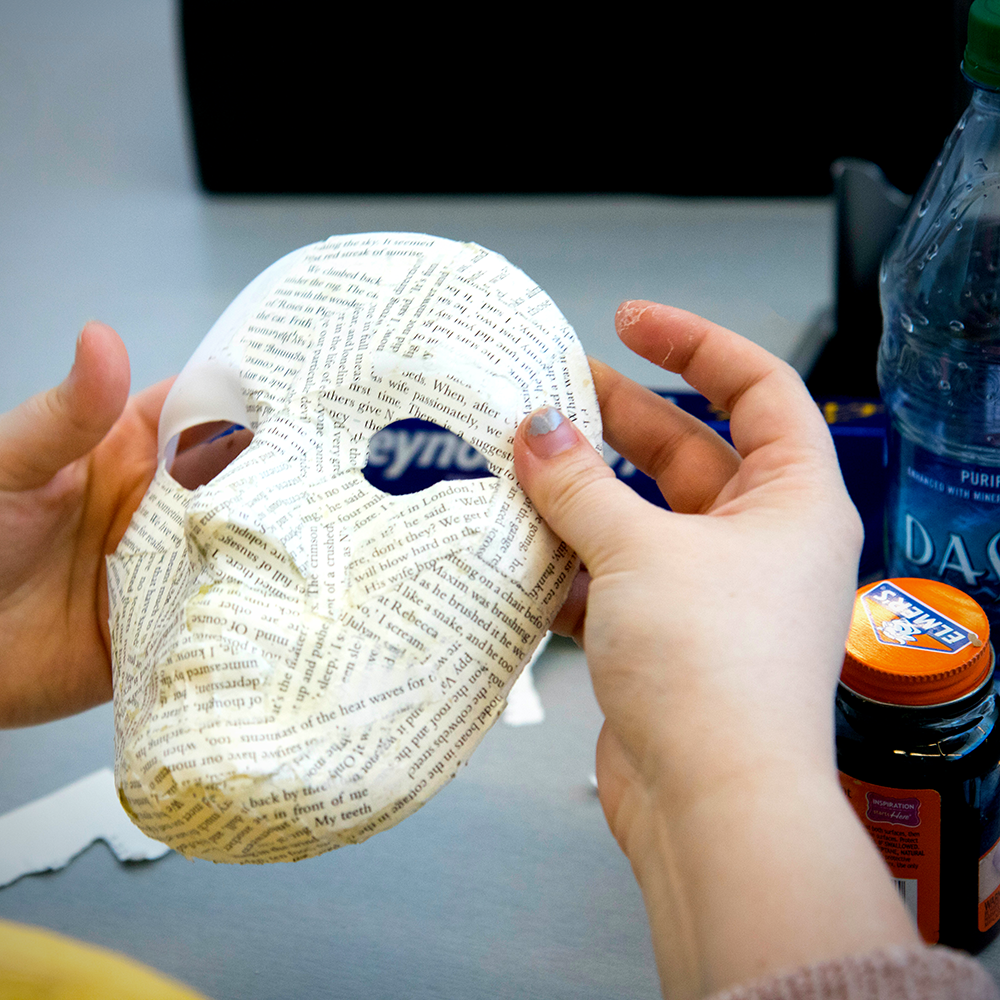
Innovative Techniques for Paper Stiffening
The quest to make paper stiff for sculptural purposes has led to the exploration of innovative techniques that push the boundaries of traditional craft.
One such method involves the use of acid-free sprays that not only stiffen the paper but also protect it from yellowing over time.
These sprays are the best bet for artists who are concerned about the longevity and preservation of their work.
By providing a clear coat, they seal the paper, making it more durable for folding and sculpting without compromising the integrity of the paper fibers.
On the other side of innovation, we find the incorporation of natural substances like beeswax and resin.
These materials can be gently heated and brushed onto the paper, creating a thick barrier that not only stiffens but also imparts a subtle sheen.
This technique is particularly useful for pieces that require a soft yet sturdy structure.
It's essential, however, to ensure that the paper is covered evenly to prevent any warping or uneven textures.
The result is a robust and tactile finish that invites both visual and physical interaction.
Significance of Acid-Free Paper in Sculpture
Acid-free paper is a crucial component in the longevity and preservation of paper sculptures.
Unlike standard paper, which contains acidic compounds that can cause yellowing and deterioration over time, acid-free paper is made to resist these damaging effects.
This makes it an ideal choice for artists who want their creations to stand the test of time.
By using acid-free paper as a base for sculptures, artists ensure that their work remains pristine and structurally sound for years to come, without the risk of degradation commonly associated with acidic materials.
In addition to its durability, acid-free paper also offers a superior surface for adhesion when using stiffening agents.
Whether you're employing traditional methods like wood glue or modern alternatives like textile hardeners, acid-free paper reacts favorably, ensuring a uniform application and consistent results.
This compatibility is particularly beneficial when creating intricate sculptures that require a high level of detail and precision.
By starting with an acid-free base, artists can focus on the creative process, confident in the knowledge that their medium is enhancing, rather than compromising, the integrity of their work.
Alternatives for Eco-Friendly Paper Sculpting
As the art world becomes increasingly conscious of environmental impact, the use of acid-free paper in sculpture has gained popularity not only for its archival qualities but also for its eco-friendliness.
Acid-free paper is often produced using sustainable practices and materials, which reduces the ecological footprint of the art-making process.
Artists who prioritize green practices can take solace in the fact that by choosing acid-free paper, they are contributing to a healthier planet while also creating enduring art.
Moreover, the market now offers a variety of acid-free alternatives that cater to different artistic needs and preferences.
For instance, some acid-free papers are specifically designed to be thicker and more robust, making them ideal for heavy-duty sculpting projects that require extra stiffness.
Others are lighter and more pliable, perfect for delicate work that demands a gentle touch.
By exploring the range of acid-free options available, artists can select the perfect substrate for their paper sculptures, ensuring both environmental responsibility and artistic excellence.
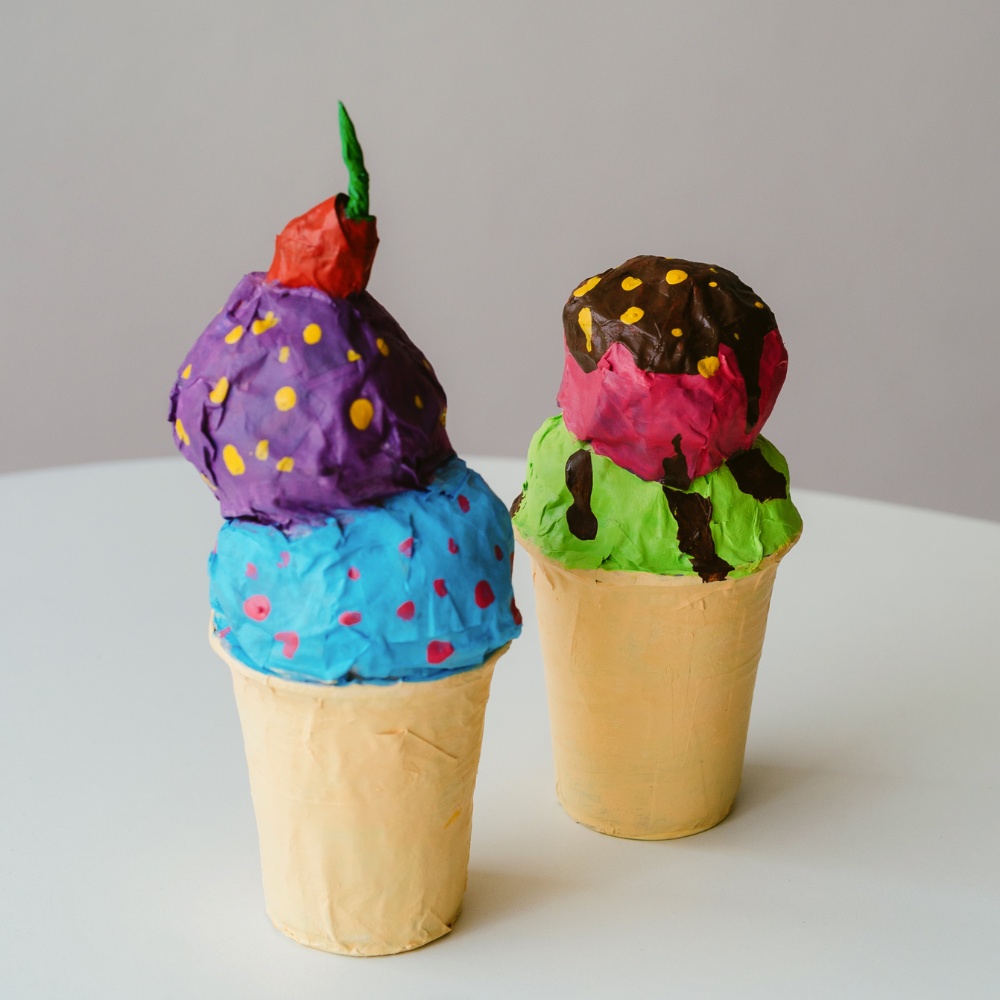
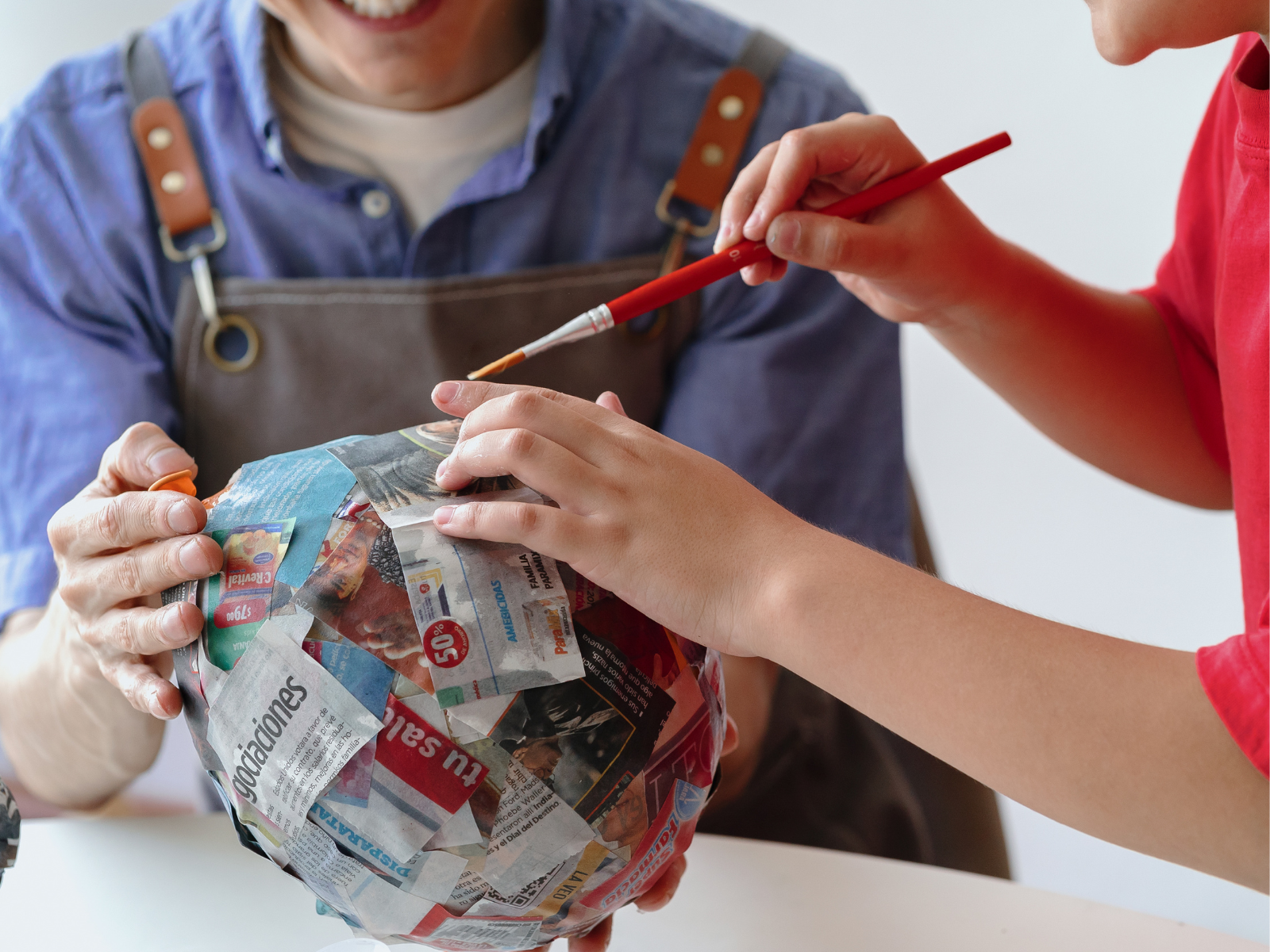
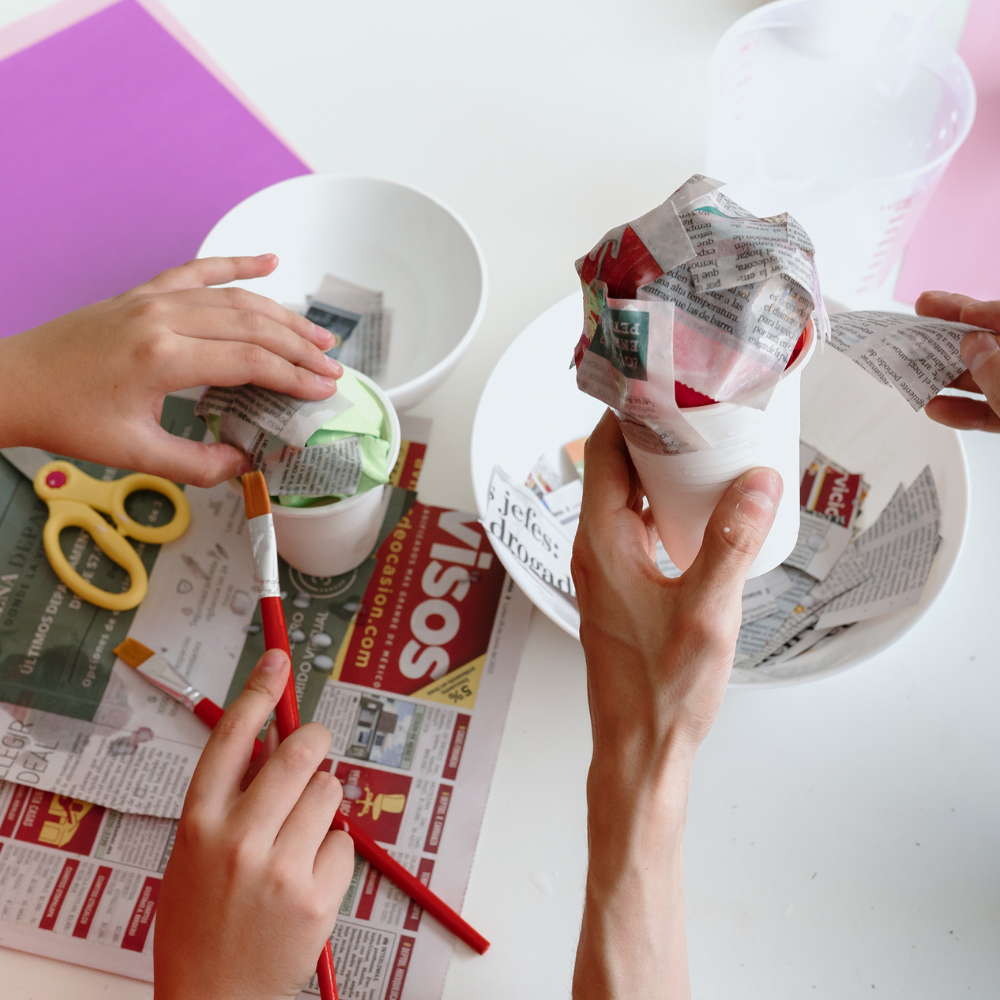
Synergy of Paper Stiffening and Painting
When it comes to creating multidimensional art, the synergy between paper stiffening and painting cannot be overstated.
Artists often seek to mix mediums to achieve unique textures and forms.
For those looking to incorporate painting into their paper sculptures, it's crucial to start with a paper that has been properly stiffened.
This provides a solid canvas that can handle the weight and moisture of paint without buckling.
Acrylics are particularly well-suited for this task, as they dry quickly and can further contribute to the paper's rigidity.
Furthermore, the process of brushing on a mixture of glue and paint can serve a dual purpose: it not only colors the sculpture but also adds an additional layer of stiffness.
This method is especially effective when working on a table that's covered with a protective sheet, as it allows for easy clean-up and the freedom to work with generous amounts of the mixture.
Whether aiming for bold color blocking or intricate details, the right preparation of the paper ensures that the painting enhances the sculpture's form without compromising its stability.
Mod Podge: A Versatile Medium
Mod Podge is a widely used adhesive and sealant that is perfect for paper crafts.
It can be applied to both sides of the paper, and once it dries, it leaves a clear, protective coating.
Mod Podge is acid-free, which means it won't yellow over time, making it an excellent choice for archival projects.
Exploring Textile Hardeners
Textile hardeners are designed to stiffen fabric but can also be used on paper.
These hardeners are brushed onto the paper and then allowed to dry, often resulting in a very rigid and durable surface.
They are an excellent option for sculptures that require a high level of stiffness.
Benefits of Spray Starch
Spray starch is another laundry product that can be repurposed for stiffening paper.
It's easy to apply and allows for even coverage without saturating the paper too much.
Spray starch is best used in several light coats, allowing each layer to dry before applying the next.
Importance of Drying Time
Regardless of the stiffening method chosen, allowing adequate drying time is crucial.
Rushing the drying process can lead to warping, bubbling, or uneven stiffness.
Using a hair dryer can speed up the process, but it's important to use it on a low setting to prevent overheating and damaging the paper.
Creating a Sturdy Base with Plaster
For sculptures that require a very firm base, plaster can be an excellent choice.
It can be applied in a thin layer over the paper and then shaped as it sets.
Once dry, the plaster provides a rock-hard surface that can be further sculpted, sanded, or painted.
Use of Fabric Medium
Fabric medium, typically mixed with acrylic paints to improve their workability on fabric, can also be used to stiffen paper.
When mixed with water and brushed onto paper, it penetrates the fibers and, upon drying, increases the paper's stiffness and durability.
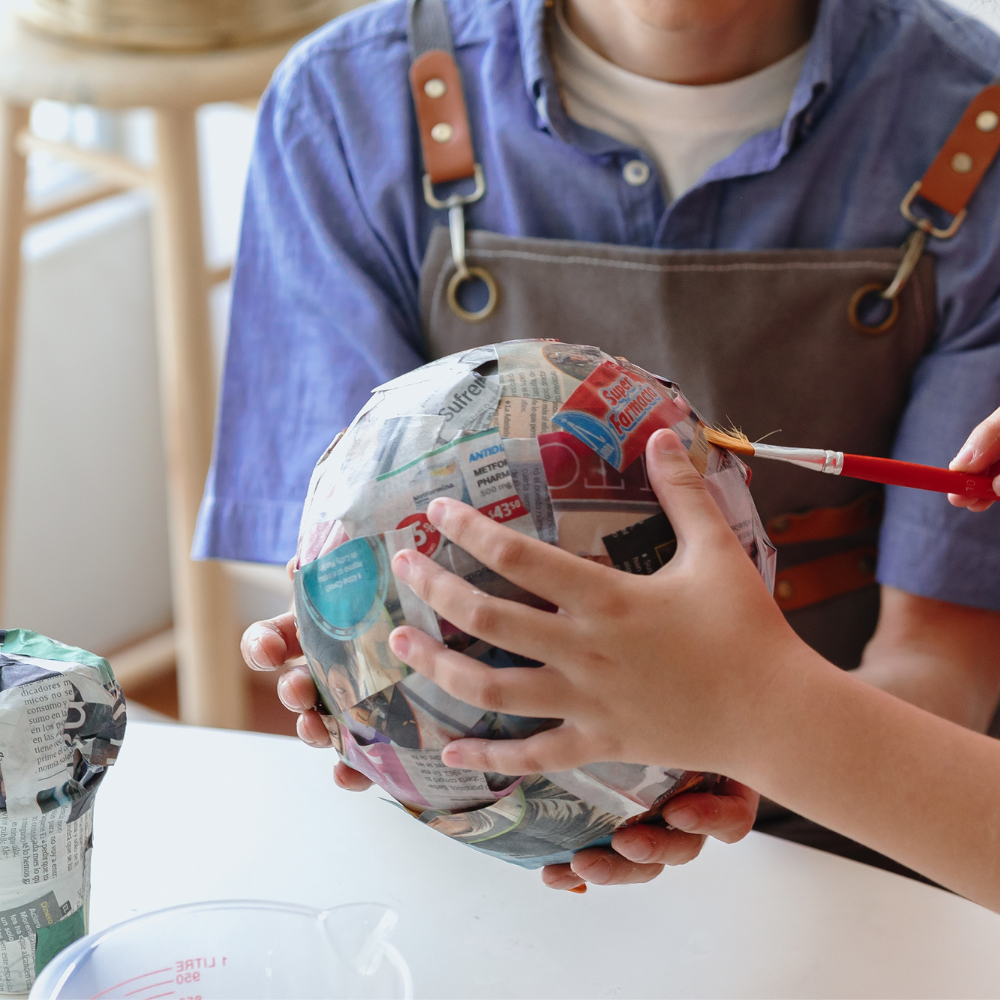
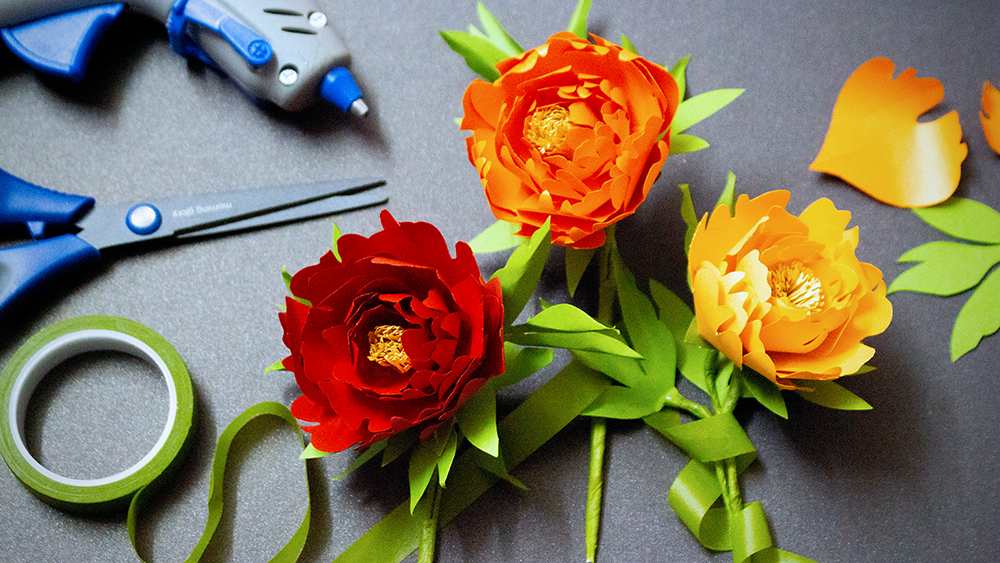

Unlock the Full Potential of Paper Sculptures
In the realm of paper art, mastering the stiffening process is akin to unlocking a new level of creative potential.
The journey from pliable paper to a robust sculpture is one of patience, precision, and passion.
By choosing the right stiffening method for your project and applying it with care, you ensure that your creations not only capture the imagination but also endure as lasting works of art.
Remember, the strength of your sculpture lies not just in the medium, but in the meticulous techniques you employ.
Embrace these methods and watch as your paper sculptures stand tall, defying expectations and embodying the true spirit of resilience and beauty in art.
Stiffening paper for sculpture is a vital process that can be achieved through several methods, each with its own advantages and considerations.
Whether using traditional flour paste, wood glue, acrylic paints, liquid starch, Mod Podge, textile hardener, spray starch, plaster, or fabric medium, the key is to apply the stiffener carefully and allow it to dry completely.
By understanding and utilizing these techniques, artists can create paper sculptures that are both beautiful and durable.

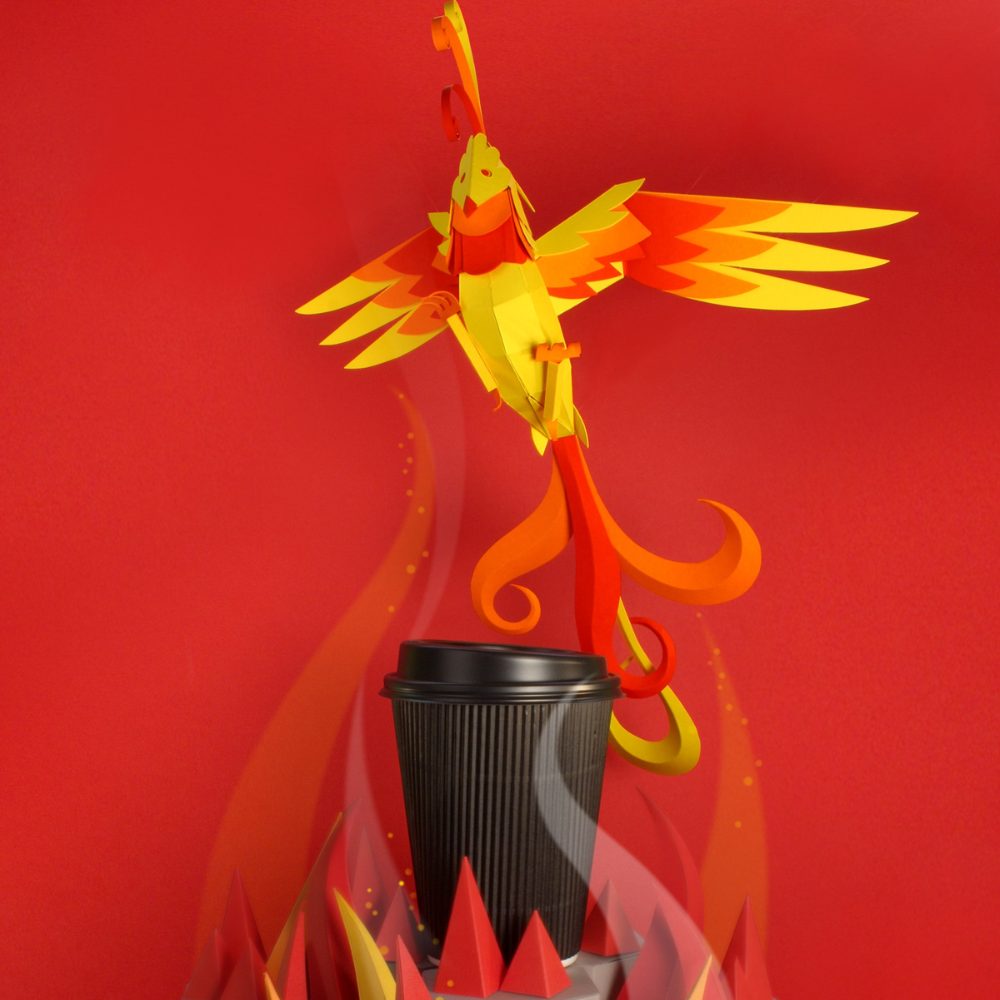
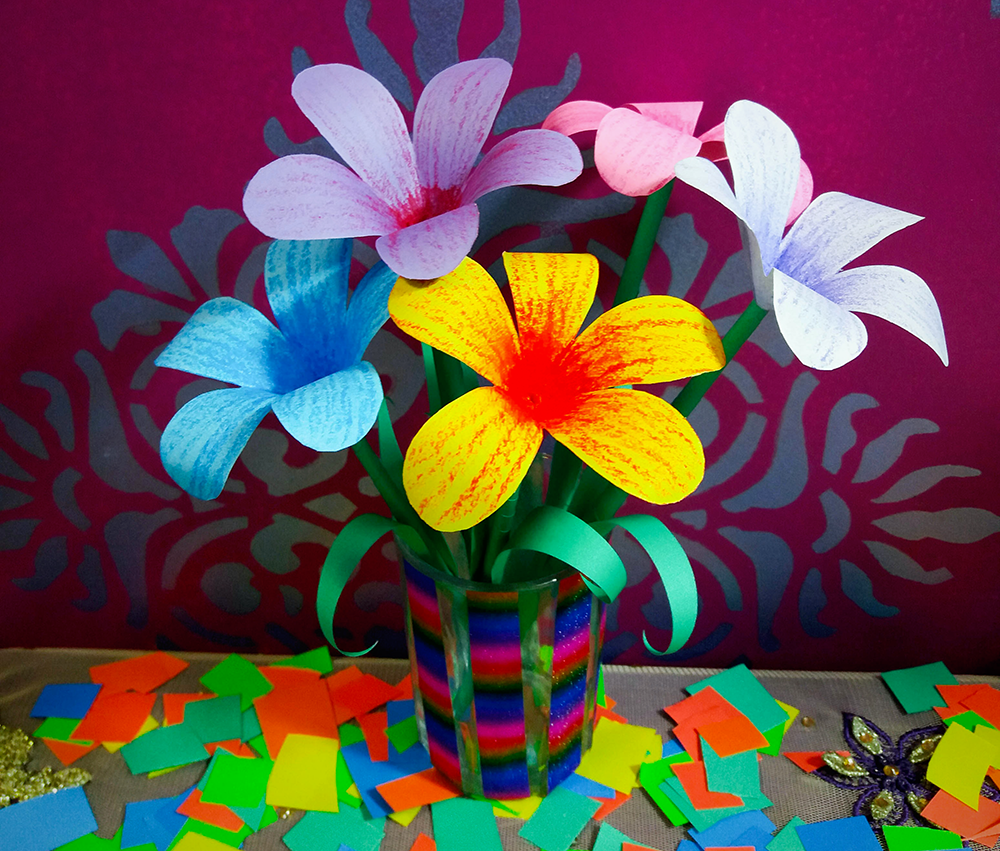
Paper Sculpture FAQs
Diving into the intricate world of paper sculpture can be as thrilling as it is meticulous.
Whether you're a seasoned artist or a curious beginner, you're bound to have questions about the best practices and paper sculpture techniques to bring your creations to life.
Let's unfold the answers to some of the most frequently asked questions about paper sculpture, ensuring your next project stands firm and captures the imagination.
Can I use regular white glue instead of wood glue to stiffen paper?
Yes, white glue can be used similarly to wood glue. It's best to dilute it with a little water for easier application and to ensure it doesn't dry too thickly, which could cause the paper to warp.
How many coats of stiffener should I apply to my paper sculpture?
The number of coats will vary depending on the type of stiffener and the desired level of rigidity. It's common to apply several coats, allowing each to dry completely before adding the next. Be patient and build up the stiffness gradually.
Is it possible to undo the stiffening if I make a mistake?
It can be challenging to reverse the stiffening process, especially with methods that deeply penetrate the paper fibers. It's best to test your technique on a small piece of paper before committing to the entire sculpture.

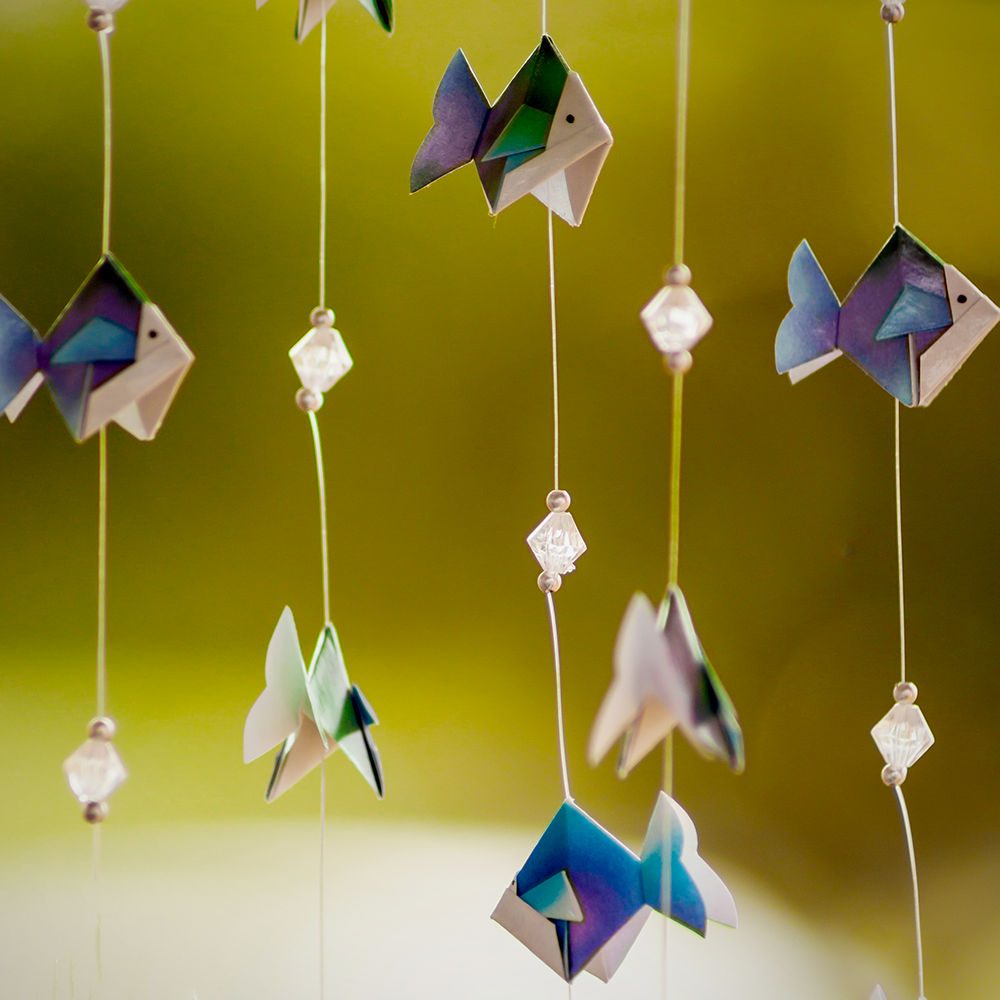

Eager to start creating your own paper sculptures? Check out Kerri Bevis' video!
Want even more content about creativity and art?
Be sure to check out all of our creative chronicles!
Ready to get creative with paper?
Check out our other art paper articles:
-Who is the artist that makes sculptures out of paper?
